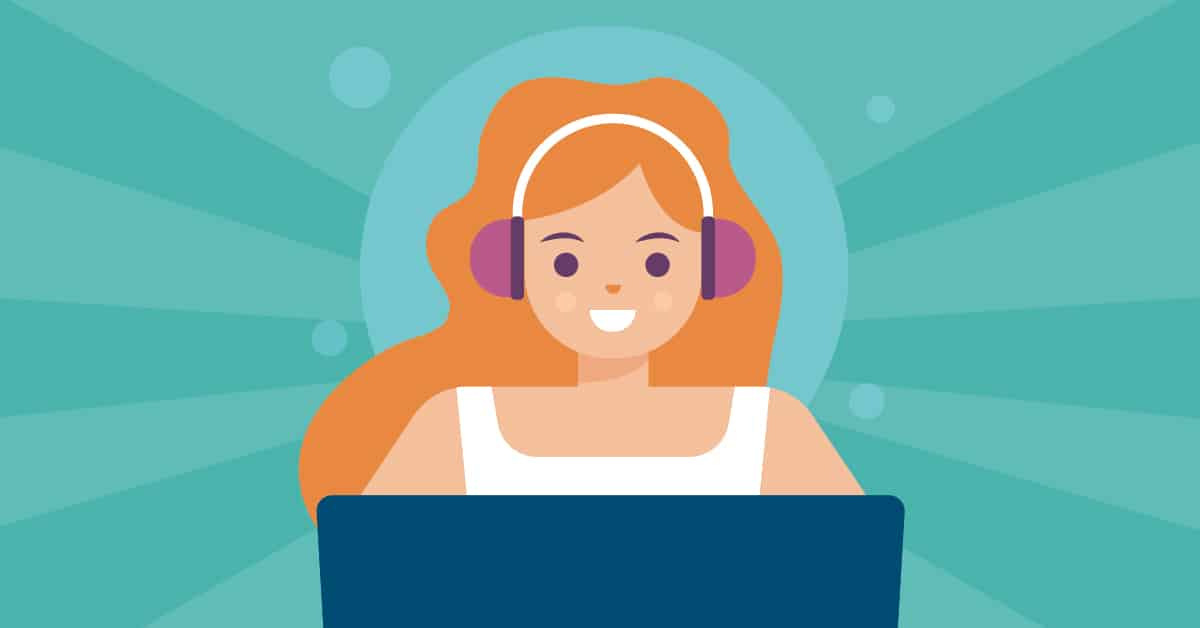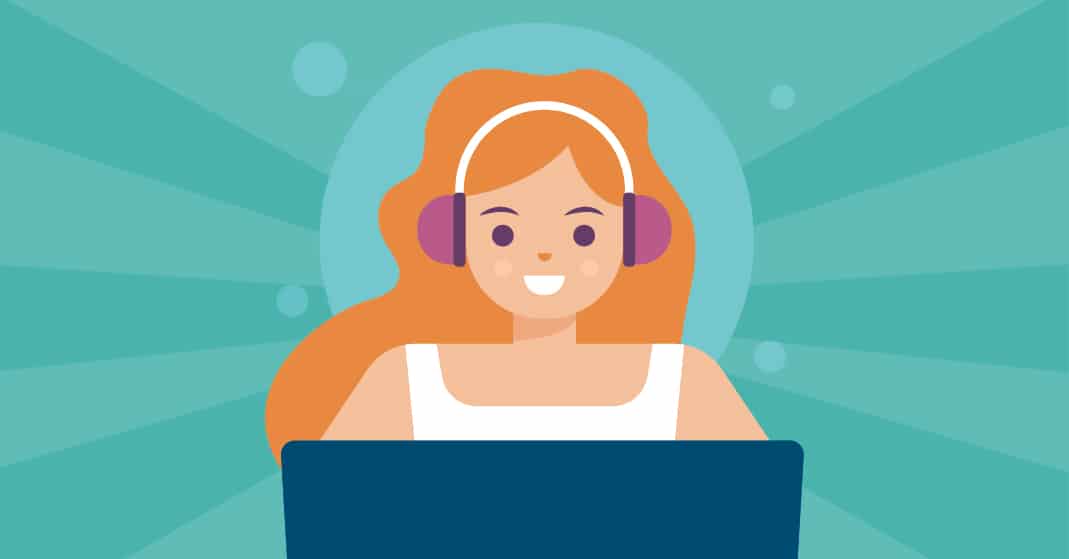Thousands of people visit YouTube every day to watch strangers whispering, brushing their hair, folding napkins, turning magazine pages, and tapping their fingers. Why? For some people, these mundane sensory experiences trigger a pleasurable, relaxing tingling response in the scalp or spine. Some people compare the sensation to carbonated bubbles spreading through the back of their heads or sand trickling down their head and shoulders.
The sensation has been dubbed Autonomous Sensory Meridian Response (ASMR), a technical-sounding but nonclinical term. Some people call it “brain tingles.” Many people have reported extraordinary benefits from experiencing ASMR, including diminished insomnia and anxiety, and feelings of euphoria. Want to find out whether ASMR can help you relax, get to sleep faster, or relieve stress? Keep reading to learn what scientists have discovered about ASMR and how to tell whether you can benefit from watching ASMR videos.
What Science Says About ASMR
People have probably spontaneously experienced a relaxing tingling sensation for centuries without labeling it or even thinking much about it. Quite a few people say they first noticed the sensation when listening to Bob Ross’s soothing voice and rhythmic brushstrokes on “The Joy of Painting,” a popular television show that ran on PBS from 1984 to 1994. But the term ASMR and mainstream recognition of its benefits are still in their infancy.
Scientists have conducted a handful of studies. In a 2014 study on 475 people who regularly experience ASMR, researchers discovered commonalities in the way people experience it. Whispering, personal attention, crisp sounds, and slow and repetitive movements are the most common triggers. The sensation usually originates in the back of the head or shoulders. Notably, many people report improvements in their mood and diminished levels of chronic pain during and after experiencing ASMR. The vast majority of people (95 percent) describe ASMR as a non-sexual experience, which is more calming than stimulating.
In 2017, the same scientists conducted two more controlled studies, this time with 1,002 subjects. Eight-three percent of them regularly watched videos to trigger ASMR. The rest never had. In both 2017 studies, subjects randomly watched videos that were created to trigger ASMR as well as control videos that weren’t. In the first study, researchers asked the participants questions about what they experienced during the videos. In the second study, researchers measured the subjects’ heart rates and skin conductance while watching both ASMR-triggering and control videos. Skin conductance is the measurement of how conductive the skin is to electricity. It usually increases when a person reacts to something emotionally.
The subjects who experienced ASMR reported many of the same common triggers as in the 2014 study. In the 2017 studies, subjects reported more triggers, including someone interacting with the face or head, getting hair brushed, getting a haircut, and tapping, scratching, and water sounds.
While watching the ASMR-triggering videos, people who experienced ASMR reported more excitement and calmness than those who didn’t experience ASMR. ASMR experiencers also had a bigger reduction in their heart rates and a greater increase in their skin conductance than those who didn’t experience ASMR.
Because ASMR experiencers showed signs of both excitement and calmness, the researchers theorize ASMR is a complex emotional experience. During complex emotional experiences, people simultaneously feel emotions that are commonly thought of as opposites.
Scientists still don’t understand why people experience ASMR, although some theorize it may relate to parenting or social grooming practices. Many animals, including primates, groom each other to relax, bond, and build relationships. Since many ASMR triggers relate to grooming, it makes sense that ASMR may have some relationship to past human social grooming practices. But more research is needed.
Can You Benefit From ASMR?
Unfortunately, it’s hard to predict whether a person will experience ASMR. So far, scientists haven’t concluded why some people seem to feel it and some don’t. One study suggests people usually first experience it around 15 years of age. But that doesn’t mean you can’t experience it for the first time as an adult. Plus, it’s possible you’ve already experienced it without thinking about it.
To find out if you may benefit from ASMR, take your laptop or mobile device to a quiet, comfortable location where you won’t be disturbed. Put on headphones, and search for popular ASMR offerings on YouTube. If you’ve never watched ASMR videos, they’ll probably seem strange and even a little creepy at first. It can be weird to watch a stranger whispering, playing with a microphone, or pretending to cut your hair. But don’t give up too quickly. It may take a few minutes of watching the same trigger to experience ASMR, and you may need to watch several videos to figure out which triggers work for you. Try videos produced by both female and male ASMRtists (as they call themselves).
Discovering your ASMR triggers will probably require trial and error, but the results can be worth it. Just like the thousands of ASMR fans out there, you may notice impressive benefits from the mysterious sensation, including diminished anxiety and better sleep.


